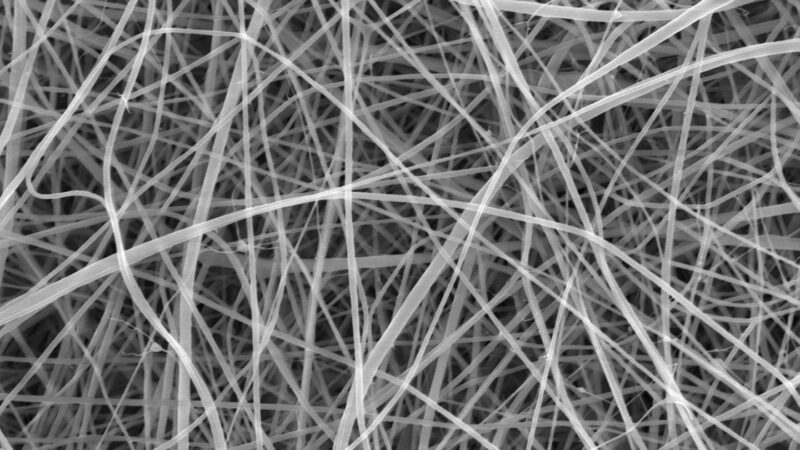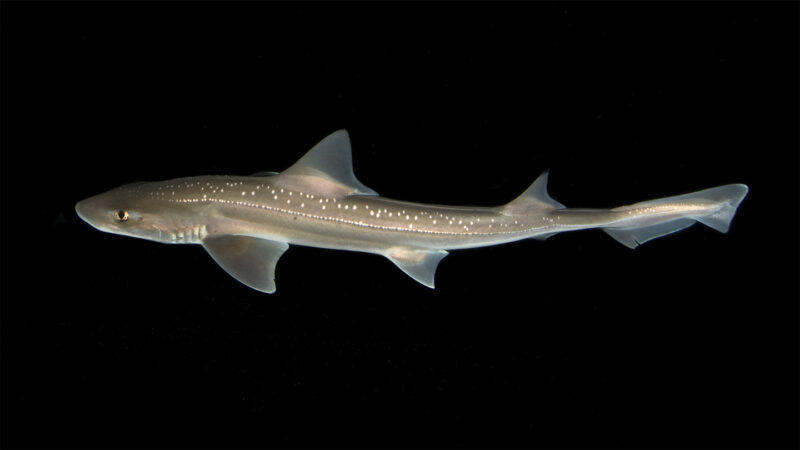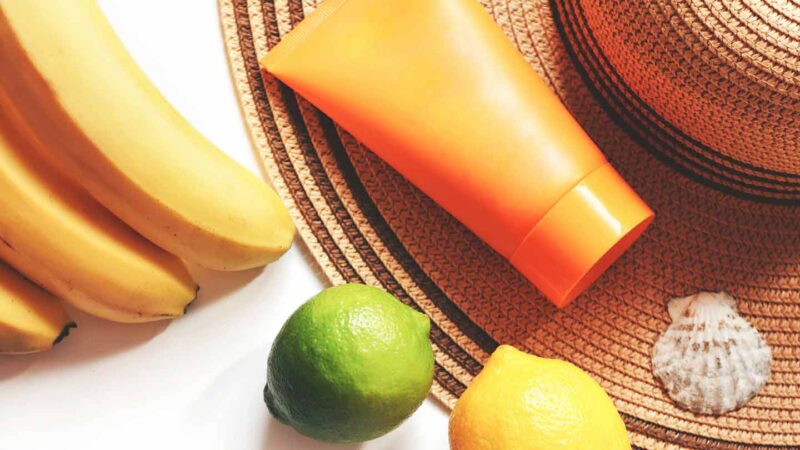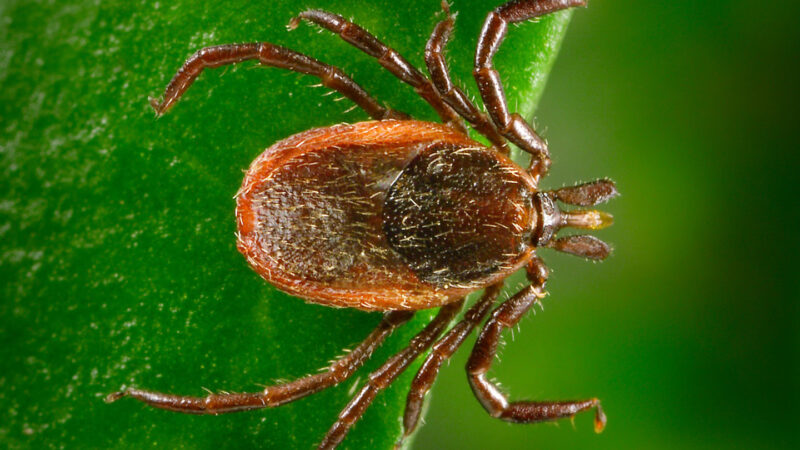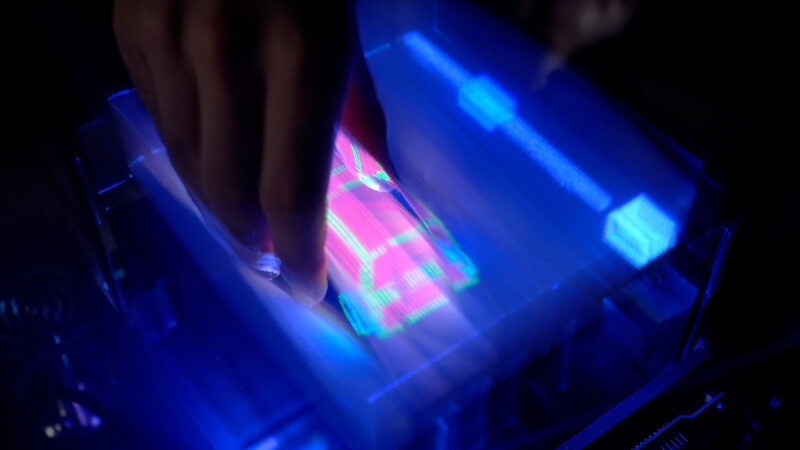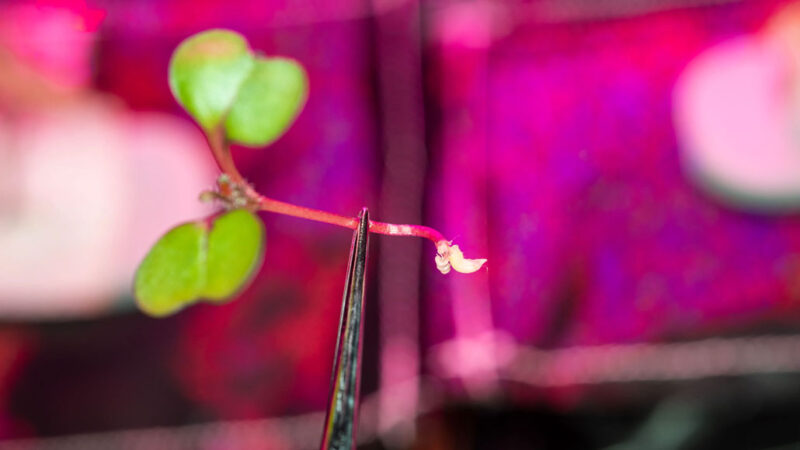The world record for thinnest pasta has just been shattered.
A team of researchers has made starchy nanofibers from white flour. The teeny-tiny fibers are about 370 nanometers thick, on average. That’s about two-hundredths the thickness of a human hair. But these nano-noodles won’t be found on any dinner table. Instead, they’re being looked at for use in biodegradable bandages.
To make their new noodle “dough,” the scientists mixed flour with formic acid. That type of liquid helps uncoil the flour’s long molecules of starch.
“Normally, if you want to cook starch, then you use water and heat to break up the tight packing of starch,” notes Adam Clancy. “We do that chemically with formic acid. So we effectively pickle it instead of cooking it.”
Explainer: What are chemical bonds?
Clancy is a chemist at University College London in England. He was part of a team that warmed this dough to give it the right consistency. To stretch the dough into tiny noodles, they used a technique called electrospinning.
In this process, an electrical charge pulled the dough through a needle and onto a plate several centimeters away. The starch molecules tangled with each other as they left the needle, forming a jet. As the jet flew through the air, the formic acid evaporated. This left behind a thin fiber. After about 30 minutes, the fiber formed a thin mat on the plate.
The scientists shared their new technique October 30 in Nanoscale Advances.
Building bandages
This isn’t the first time someone has made a mat of starchy nanofibers. Such mats typically have tiny holes called pores. These pores are large enough to let water molecules through, but too small for bacteria to enter. That makes them good options for bandages and wound dressings.
But past research has electrospun mats using pure starch, as opposed to a starch-containing flour. The process of extracting pure starch from plant matter takes a lot of energy and water. The new study shows such costly extraction isn’t always needed.
“If you use [flour-based fibers] for bandages, it doesn’t really matter that there’s [bonus] cellulose and protein there,” Clancy says.
Since the fibers are made of dried flour, they count as pasta, the authors say. That makes them the thinnest pasta on record.
Each noodle is roughly a thousandth the width of su filindeu. That’s a type of pasta about half the width of angel hair noodles, which are about 1 millimeter (0.04 inch) thick when cooked. (Fun fact: su filindeu is exclusively handmade by just one family in the town of Nuoro, Italy.)
So is Clancy’s nanopasta edible? “I certainly hope so,” he says.
Do you have a science question? We can help!
Submit your question here, and we might answer it an upcoming issue of Science News Explores

